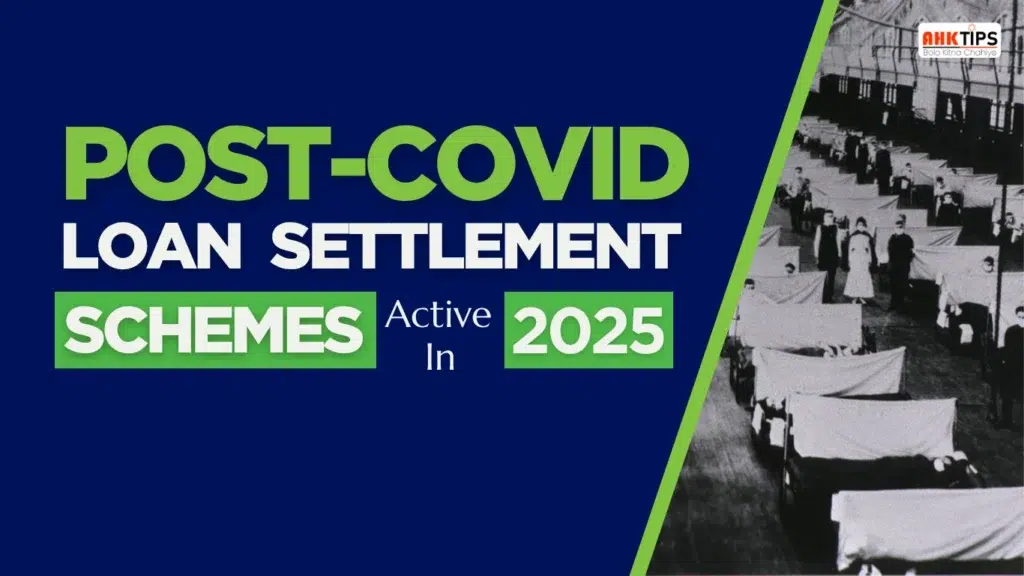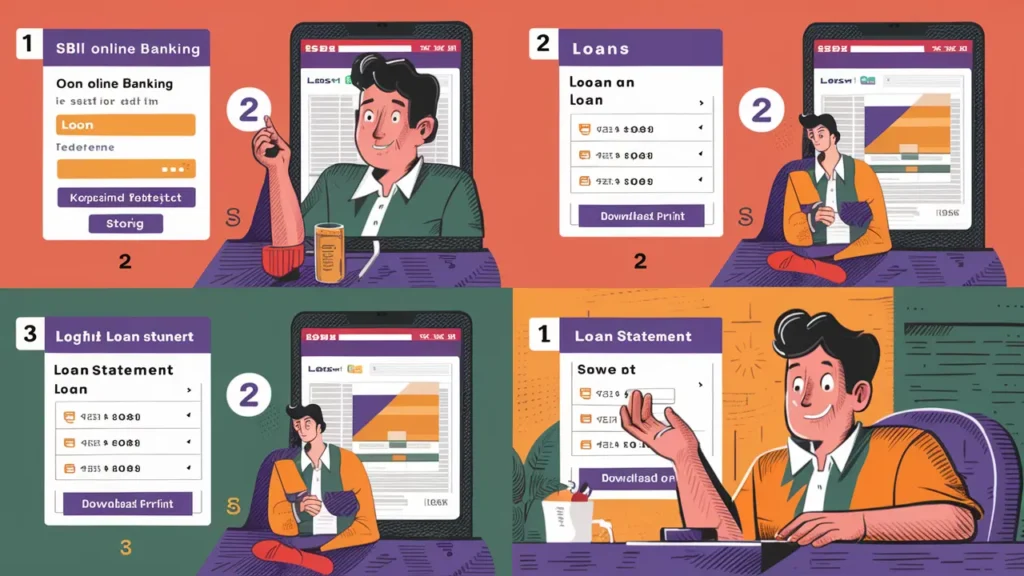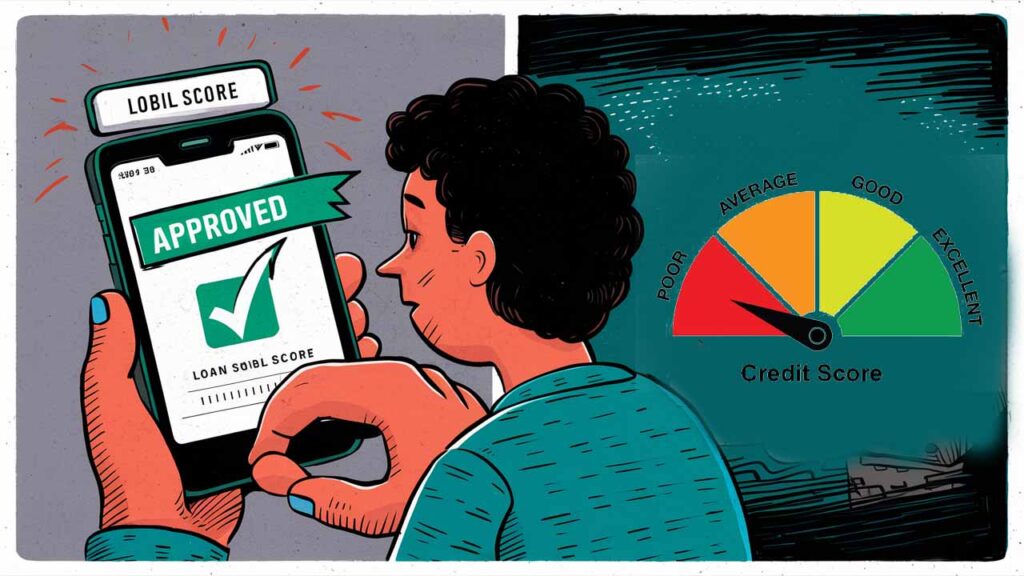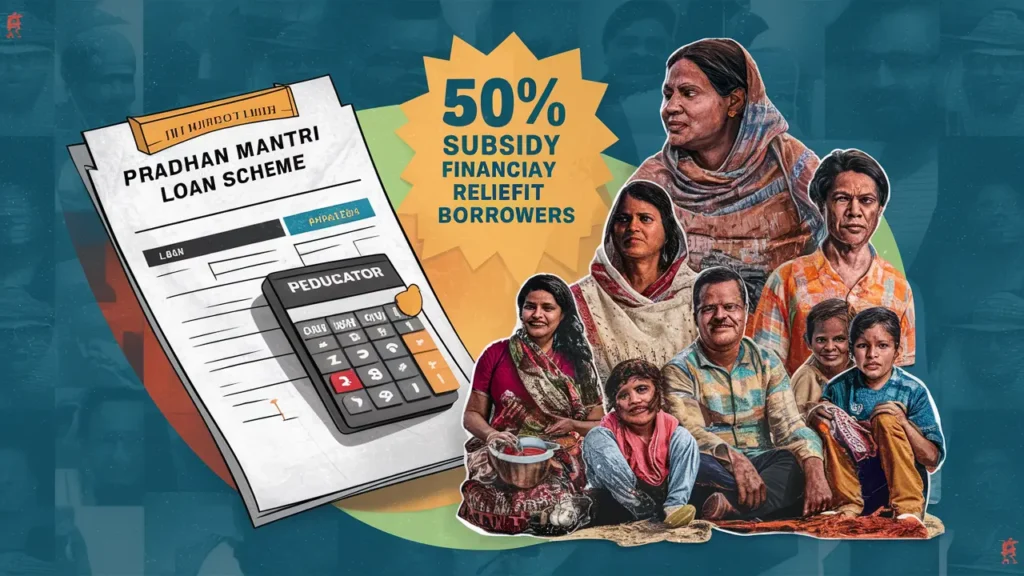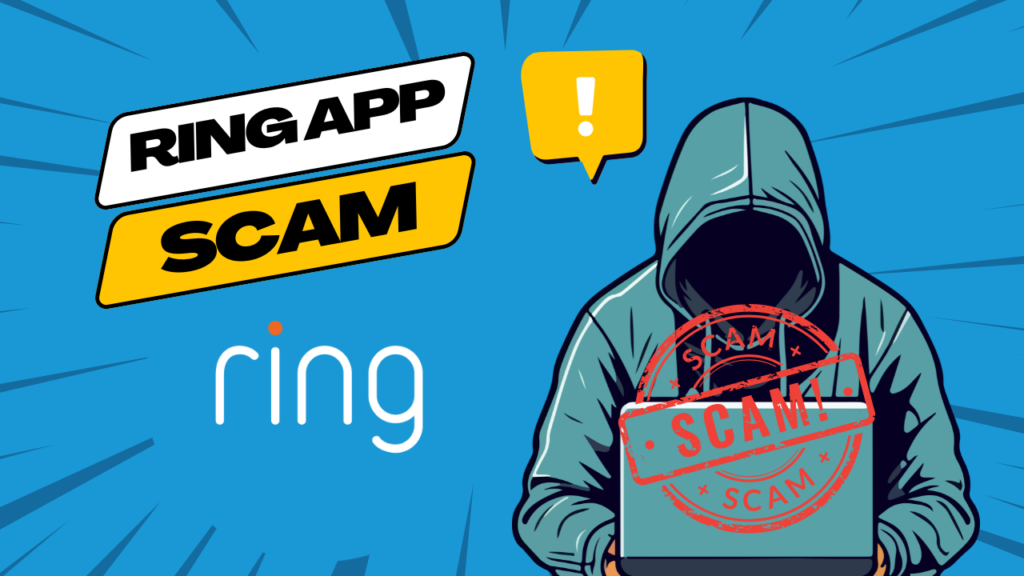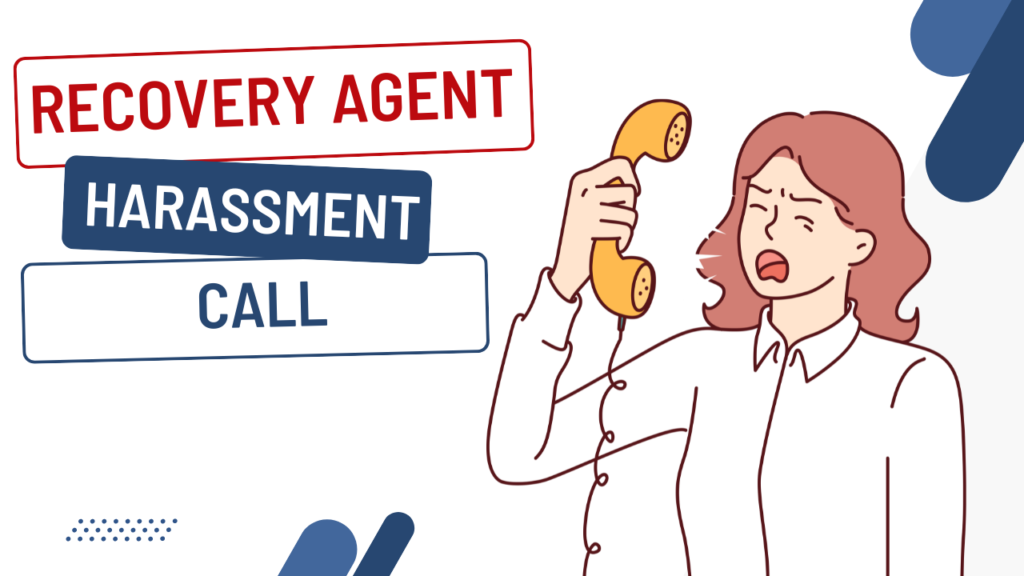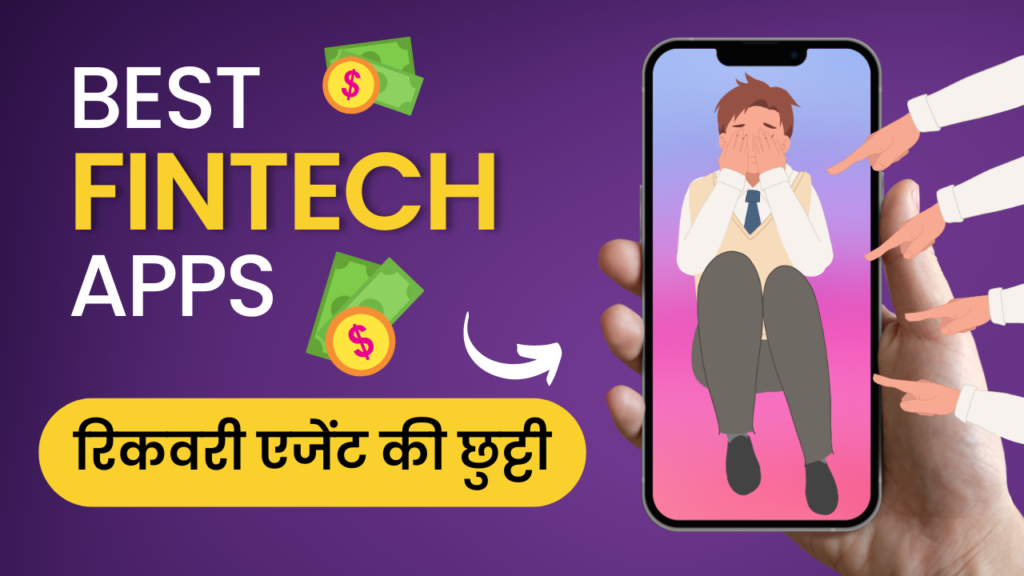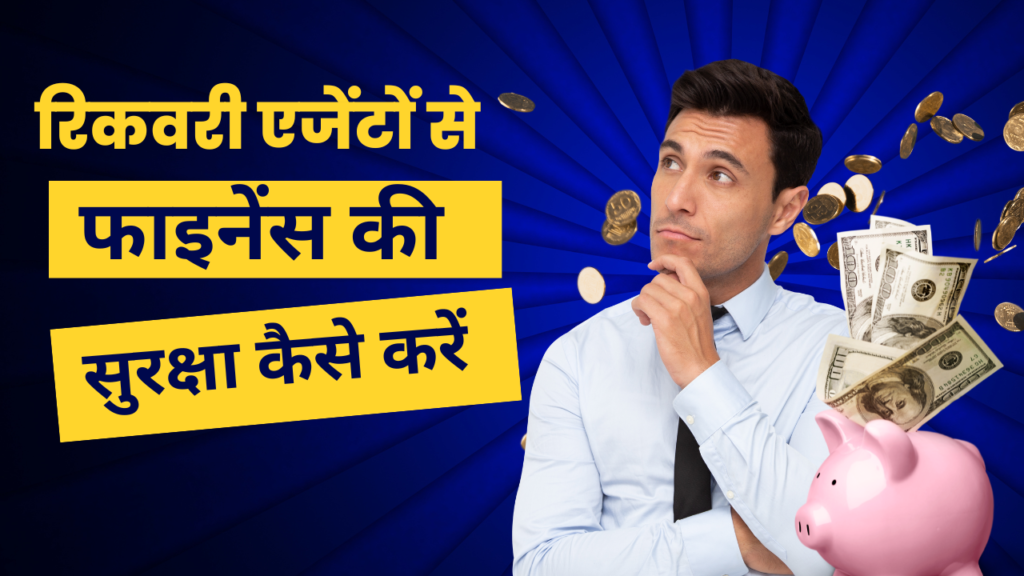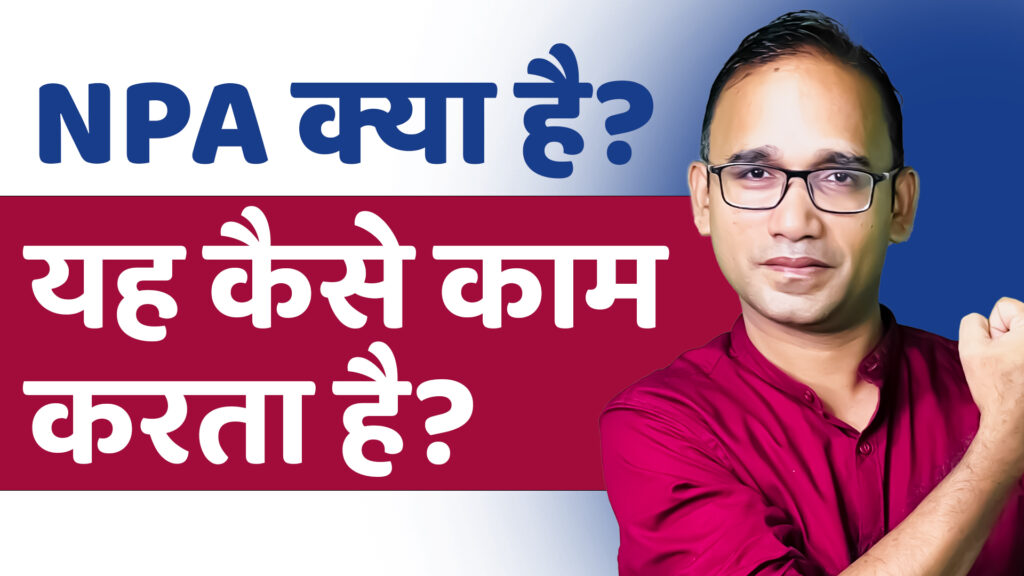Summary
By 2025, most formal loan settlement frameworks from COVID-19 will have ended. Still, options exist for borrowers facing financial struggles. Most government relief programs have ended, but some support may still exist. You might find emergency loans, loan modifications, or debt relief for certain groups. Also, Private lenders can be good options. They might easily offer loan restructuring, settlement negotiations, or refinancing.
These solutions can help reduce debt. They may also extend payment terms or offer lower interest rates. Borrowers can negotiate with lenders, visit government websites, or talk to financial advisors. This helps them explore their relief options. Though the original pandemic relief options are gone, it’s still good to check what’s available. Getting involved early can help you make timely loan payments. This way, you can secure your financial health in 2025.
Introduction
Millions of people experienced a financial crisis during the COVID-19 pandemic. To help with financial hardships, governments and banks introduced special loan settlement programs. These programs allowed borrowers to delay payments, settle for less, or set up flexible repayment terms. Now that we are in 2025, the question is, do these post-COVID loan settlement schemes still exist? The reality is that few formal schemes are remaining. If you’re still facing financial issues from the pandemic, you might have options. Many private lenders and government institutions may still provide relief. This can include emergency loans, modified repayment plans, and possible settlement offers. This article will show you the options that remain in 2025. It will explain how to qualify and what to do if you need help.
Are Post-COVID Loan Settlement Schemes Still Available in 2025? Here’s What You Need to Know
The COVID-19 pandemic’s influence was financially felt by millions worldwide. So many governments and lending institutions established loan settlement schemes as a way to support borrowers during the pandemic. Now that we are in 2025, many borrowers want to know if these loan settlement options are still available to them. Let’s break down where we are now and what you should know if you’re looking for a post-COVID loan settlement scheme.
What Were Post-COVID Loan Settlement Schemes?
During the pandemic, many countries launched loan relief programs. These offered payment deferrals, lower interest rates, and debt settlements for those facing financial troubles. People struggled due to job loss, health issues, or other pandemic-related challenges. In some cases, lenders agreed to settle debts for a lower amount or extend loan terms. This helped reduce the overall debt burden on clients.
While these schemes were crucial in the immediate aftermath of the pandemic, the question remains: Are they still in place today?
Are Post-COVID Loan Settlement Schemes Still Active in 2025?
By 2025, many loan relief programs from the COVID-19 crisis will end. These measures were temporary and aimed to help during the pandemic. But even after these programs expire, people in debt will still have options.
Government Programs: What is still out there?
As a note, while most government-backed post-COVID relief measures have ended, some governments still provide limited help. This is for those facing financial issues due to ongoing COVID-19 impacts. Available support options may include:
- Emergency Loan Programs: In certain areas, special emergency loan programs that were initiated for individuals impacted by the ongoing economic fallout from the pandemic can still be found. Generally, these loans have a lower interest rate, or a more lenient repayment structure.
- Debt Forgiveness for Specific Groups: Some groups of individuals may still qualify for targeted debt forgiveness programs, as was the case for small business owners or health care workers who were displaced or impacted during the pandemic.
- Repayment Extensions: A variety of government and financial institutions continue to provide longer repayment terms on federal loans or certain types of debt. Though they aren’t “settlement schemes”, they will grant borrowers more time to satisfy their debt obligations with easier terms.
Private Lender Options: What’s Still Possible?
COVID may have slowed down loan settlement schemes from banks and private lenders. However, some lenders might still offer various debt relief programs. These options are often less strict than a regular loan repayment plan. They can help settle your loan more effectively.
- Loan Modification: Most lenders may have loan modification programs that change aspects of your current loan, such as reducing monthly payments or extending your loan term.
- Debt Settlement Negotiations: If you can’t pay your loan in full, see if your lender will accept a lower amount. You may need to show that you’re in serious financial trouble and can’t repay the entire debt.
- Consolidation or Refinancing: While this will not technically be a “settlement,” borrowers may be able to consolidate their multiple loans or refinance their debt at a lower interest rate. This will relieve some of the overall financial burdens incurred by the borrower.
How to Take Advantage of Available Schemes
If you’re looking to participate in either a post-COVID relief program or settle your debt with a different option available to you, be sure to act quickly. Here are some ways to ensure follow-through:
- Contact Your Lender: Contact your lender and ask them about relief programs or repayment alternatives. Even if there are no longer any formal post-COVID programs running, many lenders will still assist individuals who need more flexible repayment options.
- Check Government Websites: Look at government websites for potential debt relief options remaining in your country or area.
- Consult a Financial Advisor: If you’re unclear on what action to take, a financial advisor or credit counselor can help discuss the options available including debt settlement, debt modification or debt consolidation options.
Are Post-COVID Loan Settlement Schemes Still Worth Considering in 2025?
In 2025, the big post-COVID repayment plans might not be available. However, options may still exist for those facing financial hardship. If you know these options and work with your lender or a financial advisor, you could settle your debts. This can help you avoid long-term financial pressure. Be proactive, stay informed, and act before your situation worsens.
Understanding Post-COVID Loan Settlement Benefits for Borrowers in 2025
The COVID-19 pandemic put a heavy financial strain on many borrowers. It led to temporary loan settlement schemes aimed at helping those in distress. Most of these schemes were quick responses to the economic damage caused by the pandemic. Some benefits from these schemes may still be available to borrowers in 2025. Understanding how these post-COVID loan settlement schemes work can help you make informed choices if you’re facing debt or need financial relief.
What are post-COVID loan settlement schemes?
Post-COVID loan settlement schemes were created by governments and financial institutions to help borrowers struggling due to the pandemic. These schemes let borrowers settle their loans for less than what they owe or defer payments without penalties. The main goal was to prevent defaults, help people recover from hardships, and protect against long-term economic issues.
Most of these programs have now ended. However, some new features may still benefit borrowers. These benefits could come from ongoing support or from the program’s impact on achieving new loan settlements.
Key Benefits of Post-COVID Loan Settlement Schemes for Borrowers
Even though many post-COVID relief programs are no longer running at full scale, here are some key benefits that borrowers may still experience in 2025.
Debt Reduction Opportunities
One major benefit of post-COVID loan settlement programs is settling your debt for less. If your lender joined a program during COVID, you might still negotiate a lower payment plan if you’re facing financial trouble.
Settling your debt for less can ease the burden of a large amount. This relief can reduce financial stress and provide a chance for a fresh start, free from the full loan amount.
Flexible Repayment Terms
Some post-COVID plans offered flexible repayment terms. These included longer loan lengths and lower payments. Most programs were short-term, but some lenders may still offer flexible terms to qualifying borrowers.
By 2025, these modifications can help borrowers manage their debts. They can avoid high and unaffordable payments. If you struggle with regular payments, extending your payment period or negotiating a new interest rate can help you catch up.
Prevention of Loan Defaults
The pandemic made it hard for many borrowers to repay loans. Pay cuts, job losses, health issues, and personal financial troubles increased the risk of default. Post-COVID loan settlement plans helped borrowers avoid default by settling debts or restructuring loans to keep accounts in good standing.
In 2025, borrowers at risk of default may still find some benefits. Options like settlement or modification can help those struggling to repay loans. These alternatives can prevent default consequences, such as credit score damage, wage garnishment, or lawsuits.
Protection of Credit Score
For many borrowers, protecting their credit score is a top concern when considering loan settlement. Settling a loan usually lowers your score. However, post-COVID settlement relief schemes offered some benefits. Lenders agreed to report settled loans as “paid in full” or “settled” instead of “delinquent” or “defaulted.”
Even if you didn’t pay the full loan amount, this better reporting can soften the impact on your credit score. In 2025, you may still qualify for some post-COVID relief. This is helpful, as it can reduce potential harm to your credit history.
Government-Funded Relief Options
Most government-funded COVID-19 relief options have ended. However, some countries may still offer emergency loans or debt relief for those in need. If you need assistance or feel the effects of the pandemic in 2025, these programs could be important for you.
These programs usually have better interest rates and longer repayment terms. In some cases, they even offer debt forgiveness for certain groups. So, while broader post-COVID relief might not exist, you can still find government-backed programs with similar benefits.
How to Take Advantage of Post-COVID Loan Settlement Benefits in 2025
If you are planning to take advantage of post-COVID loan settlement plans in 2025, you should consider the following:
- Contact your lender: Reach out to your lender. Ask about any remaining post-COVID relief options or tailored solutions for your financial situation.
- Check government websites: Visit government websites for updates on loan relief plans or debt assistance programs that might help you.
- Speak to financial advisors: If you’re unsure about your eligibility for benefits, consult a financial advisor or debt counsellor. They can help you choose a financial plan, like loan modification or debt settlement.
While some post-COVID programs have concluded, knowing how they operated and understanding which benefits may still be available to you can help you take control of your financial future in 2025.
How to Take Advantage of Post-COVID Loan Settlement Schemes in 2025: A Step-by-Step Guide
The economic effects of the COVID-19 pandemic still affect many borrowers in 2025. Some are still adjusting to these challenges. Most large relief programs have ended, but some post-COVID loan programs may help. These programs can let borrowers change payment terms, make concessions, or settle loans for less than owed. If you want to benefit from these programs in 2025, taking the right steps can boost your chances for relief.
Step 1: Understand the Current Landscape of Post-COVID Loan Settlement Schemes
Before acting, check if post-COVID loan settlement programs are still available for you. These relief programs were created for the pandemic. Even though the pandemic is over, some governments and lenders might still have support for those facing financial challenges.
By 2025, most relief programs will likely be gone or not applicable. Still, there may be options if you were affected by the pandemic. Begin by searching government and financial institution websites for any ongoing or updated loan relief programs.
Step 2: Contact Your Lender or Loan Servicer
Once you know you might access post-COVID relief options, reach out to your lender or loan servicer. If you have a mortgage, personal loan, or credit card debt, they may offer programs or flexible repayment plans for borrowers who haven’t paid off their debts.
During your conversation, inquire about the following:
Debt Settlement Options: Ask your lender if they will settle for a smaller loan balance. You can also request a lump-sum settlement at a reduced amount.
Loan Modification: If settling for less isn’t possible, see if they will modify your loan. This could include extending the repayment period, lowering the interest rate, or offering forbearance.
Payment Deferrals or Forbearance: Inquire about temporarily suspending payments without penalties. Some relief programs have allowed this in the past.
Step 3: Check Eligibility Criteria
Post-COVID loan resolution programs are intended to assist borrowers, but generally have some sort of eligibility requirements. Eligibility requirements vary by lender/program, but can include:
- Demonstration of financial hardship that arose from the pandemic or has continued in its wake.
- Specific income/employment status limitations.
- Prior participation in relief programs (if applicable).
Review the eligibility requirements carefully and make sure that you have met the requirements to continue. There are also options to consider for debt relief like debt consolidation or negotiations for your private loans.
Step 4: Negotiate Terms That Benefit You
If you qualify for post-COVID relief options, your next step is to negotiate terms that suit your needs. Not every relief program is as flexible as during COVID-19, but some lenders still offer options for borrowers in need.
Here are some tips on how to negotiate:
- Be Honest About Your Finances: Lenders will be more inclined to work with you if you can give them a full picture of your finances, before adulthood, including income, expenses, and other debts.
- Ask for Positive Reporting: If the loan is settled for a lesser amount, ask the lender what they can do to report the loan as “paid in full” or “settled” without indication that there was a default. This might help assist in preventing your credit score from being damaged as badly.
- Present a Real Offer: If a loan is settled, make sure your offer is reasonable so you can pay it. A more reasonable offer means better chances of acceptance.
Step 5: Get Everything in Writing
After negotiating terms with your lender be sure to remember to get the final agreement in writing. This includes any loan modifications, settlement amounts or changed repayment terms. The written document protects both parties and ensures that the terms are legally binding with clarity of meaning.
This written agreement will be important when you begin to report to the credit bureaus. If your lender has agreed to settle your debt for less than the original amount, you will want and it becomes necessary to confirm and/or comply with how the loan should be reported on your credit report.
Step 6: Make Payments and Monitor Your Credit
Once you agree to the terms, complete the settlement or modification. Keep records of all payments and meet the agreement’s terms. If you miss payments or break any terms, you could lose the benefits you negotiated.
Check your credit report often. This way, you can make sure the loan settlement or modification is reported correctly. If you find any errors, contact the lender right away to fix the issue.
Step 7: Explore Additional Relief Options
If post-COVID loan settling schemes aren’t available or don’t fit your situation, look for other ways to manage that debt. You might consider debt consolidation, refinancing, or professional credit counselling. These options can improve your financial structure and reduce your debt load.
Conclusion
Most government loan relief programs for post-COVID loan settlement have ended. But if you still face financial hardship in 2025, you have options. Serious borrowers have options. They can choose from government programs, private lenders, and tailored repayment plans. If you still feel financial stress from the COVID pandemic, stay engaged. Reach out to your lender. Look into all relief options. Then, negotiate terms that meet your financial needs.
Here are some effective tips for resolving debt: Put all agreements and terms in writing. Stick to your payment schedules. Watch your credit report closely. Understanding past regulations and their current benefits can lessen your financial burden. This knowledge helps you meet debt obligations without falling behind. Acting quickly and staying informed can improve your credit. This helps you take control of your finances.
FAQ’s
Most formal programs are over, but some lenders and governments still have ways to help borrowers who are having trouble paying their bills.
Yes, but you have to establish that you are having trouble with money. If you can’t pay back the full amount, some lenders may agree to a lower settlement.
If you want to settle, restructure, or refinance, talk to your lender, look into government programs, and talk to a financial advisor.
Yes, settling can affect your credit. But negotiating acceptable terms for reporting, such as “paid in full,” can help limit the damage.

